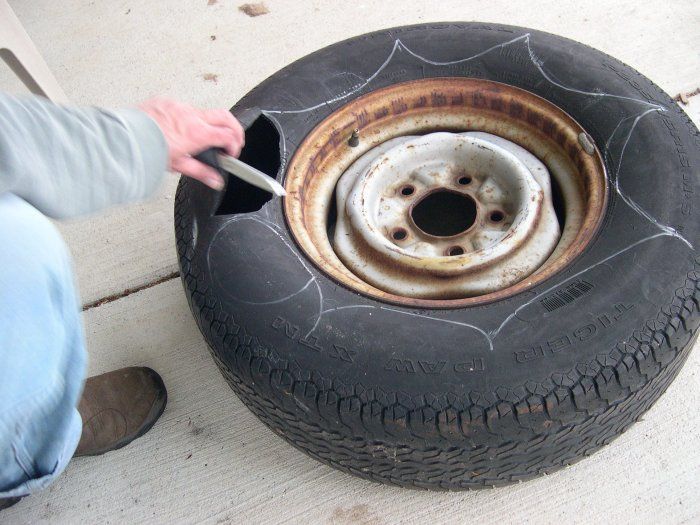Parents wait all day for that blissful break from diapers, dishes and other demands. Sometimes baby’s bedtime can’t come soon enough.
The last thing you want is a child who’s not ready to unwind when you are.
While you can’t force a child to fall asleep at your command, there are things that soften the bed, so to speak.
Why rocking + lullabies really can work“Making children feel sleepy requires decreasing their level of cortisol, the hormone that keeps them revved up and ready to go,” says pediatrician Maureen Ahmann, DO. “To decrease cortisol, calm their senses.”
Rocking your baby and singing a lullaby may be the best-known calming techniques, but any type of sensory soothing can work, says Dr. Ahmann. Try:
“The key is removing stimulation and signaling the body that it’s time to rest,” says Dr. Ahmann.
Advertising Policy
What about a ride in the car?Some parents claim that a ride in the car is a sure-fire way to induce sleep. In desperate times it may be tempting to buckle baby in the car seat and drive around the block. Just don’t do it for long, says Dr. Ahmann.
Sleeping in the car, while sometimes unavoidable, is not a good habit. Your baby is safest sleeping on a firm, flat surface, not propped up in a seat.
Every year hundreds of U.S. infants die due to unsafe sleep environments. Make sure your baby sleeps safely all the time. It’s non-negotiable, says Dr. Ahmann.
For babies, safe sleep means lying flat on the back with no blankets heavier than a hospital receiving blanket.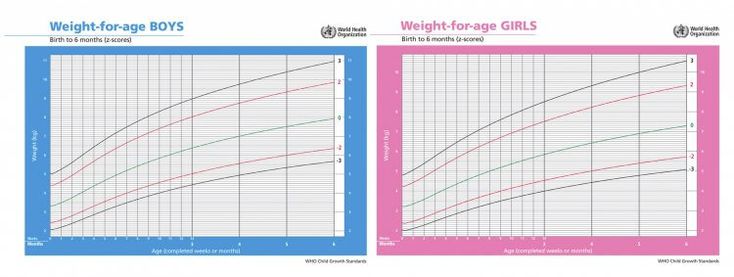 There should be no stuffed animals in the crib. Do not use crib bumpers, pillows or any type of cushions for propping up your baby — not even items marketed to help babies sleep better.
There should be no stuffed animals in the crib. Do not use crib bumpers, pillows or any type of cushions for propping up your baby — not even items marketed to help babies sleep better.
Tactics to make your baby drowsy only do so much. The best way to get children to sleep when they’re supposed to is to establish a wake-sleep schedule and stick to it, says Dr. Ahmann.
Advertising Policy
“Nothing works better than keeping kids on a schedule,” she says. “It’s not always possible with so many demands on today’s parents — and life can throw curveballs — but keep nap and night sleep times consistent the best you can.”
Babies respond to consistency and structure, says Dr. Ahmann. The less you disrupt their schedule, the more likely they’ll fall asleep on time.
“If your baby regularly has a tough time falling asleep at night, you may need to adjust their nap schedule,” she says. “Gradually move morning and afternoon naps earlier.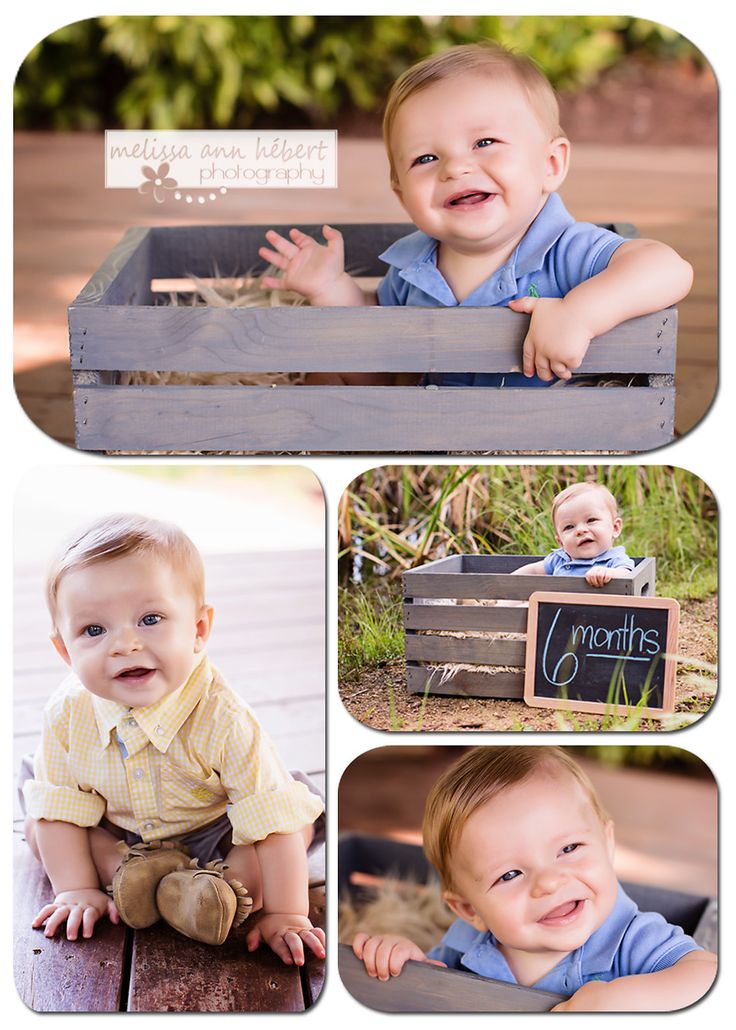 ”
”
There are numerous ways to get your baby to settle down for slumber. But here are three things you shouldn’t try:
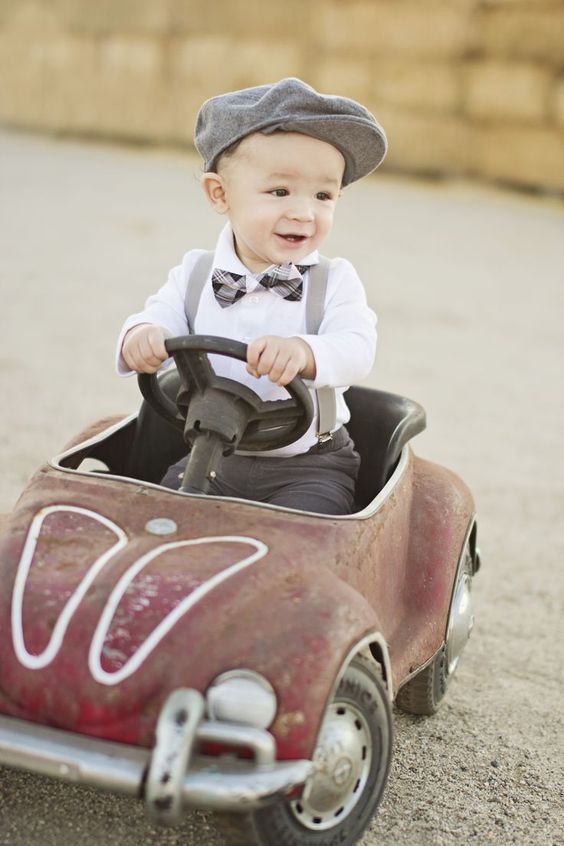 Remember that safe sleep is a must. “Too frequently, exhausted parents fall asleep holding their baby and wake up hours later to find the baby in a dangerous position,” says Dr. Ahmann. “If you’re tired, put your baby back in the crib. A baby will not die from crying in their crib.”
Remember that safe sleep is a must. “Too frequently, exhausted parents fall asleep holding their baby and wake up hours later to find the baby in a dangerous position,” says Dr. Ahmann. “If you’re tired, put your baby back in the crib. A baby will not die from crying in their crib.”Following a consistent schedule and using calming techniques should be all you need to ensure a sufficient sleepyhead. Getting baby to sleep on time is one step toward getting yourself to sleep on time too.
*This article is sponsored by ParentPal. Thank you for supporting the brands that support Motherly and mamas.
Your curious kiddo is getting the hang of lots of new things this month: eating (and playing with) solid foods, sitting unassisted, sleeping on a schedule (with two naps!) and making new sounds. So get ready for lots (and lots) of peekaboo now that your baby understands cause and effect.
Dr.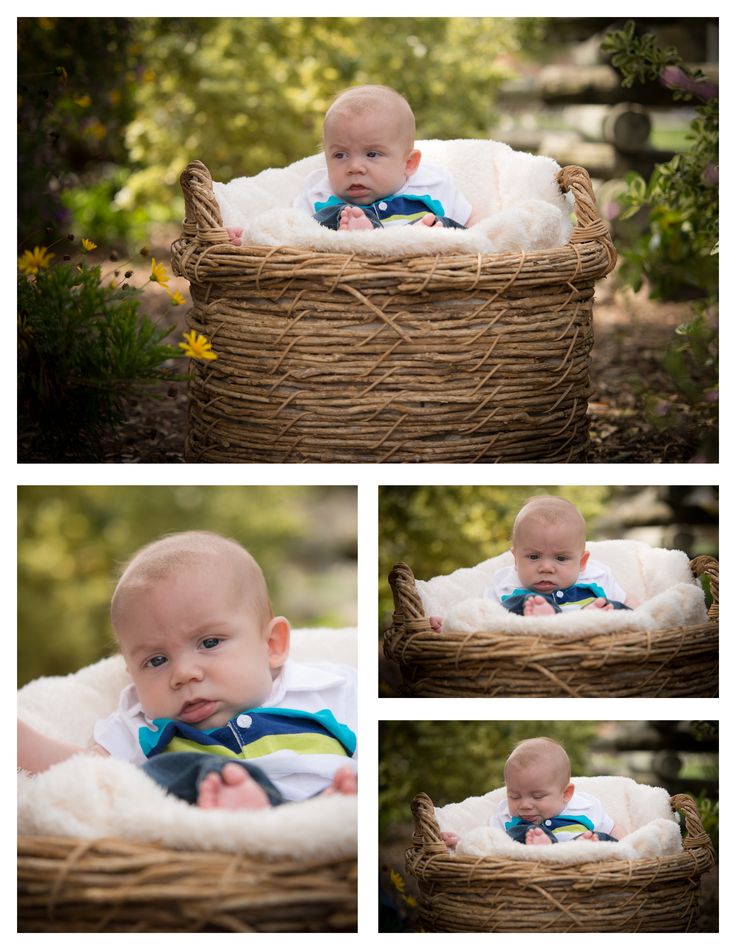 Tovah Klein, head of the Toddler Center at Barnard College and author of How Toddlers Thrive, shares fun ways you can play with your baby to encourage exploration and get lots of giggles in the process.
Tovah Klein, head of the Toddler Center at Barnard College and author of How Toddlers Thrive, shares fun ways you can play with your baby to encourage exploration and get lots of giggles in the process.
To help support your baby’s development and track routines like sleep and feeding, you can try an app like ParentPal™. ParentPal is the only all-in-one parenting app with everything you need to support, track, and celebrate your child’s healthy development. Developed by Teaching Strategies, the leaders in early childhood development, and the creators of Baby Einstein, ParentPal provides trusted, research-based guidance and parenting tools at your fingertips. You can use the Daily Plan of age-appropriate activities, Milestones, Sleep, Health & Wellness Trackers, and a vast library of age-based resources for your middle-of-the-night parenting questions.*
Play peekaboo.
Try putting your hands over your face and ask, “Where’s Mommy?” then remove them. This game, played over and over, helps your baby learn that you go bye-bye, but then you come back. This helps her learn about separation from you, and helps her practice saying goodbye, knowing that you will be back. Plus, it is a lot of fun!
This game, played over and over, helps your baby learn that you go bye-bye, but then you come back. This helps her learn about separation from you, and helps her practice saying goodbye, knowing that you will be back. Plus, it is a lot of fun!
Play back-and-forth games.
Give your baby a toy, then put your hand out and say, “Now give it to Mommy.” Eventually she’ll give it back (it’s okay if she doesn’t; she may just want to hold it, too). Then you can say, “You gave it back. Now I give it to you.” Babies love this game and can do it over and over. She also likes to copy you. If you bang on a toy, she will try it too.
Use bath time to learn new things.
Give your baby clean, empty plastic containers. Fill them with water, then let your baby pour it out and see what happens as the water falls, or when she pours it into an empty cup. This is how she learns about how things work and it helps her brain develop.
When she splashes and you laugh, she learns about connecting and playing with you. This will help her learn about playing with other people, and friends, as she gets older. Bath time may also be the one quiet time you get alone with her. When you gently bathe her, and snuggle her in a towel afterward, she enjoys being with you. This helps her feel good about herself and shows her how much she is loved.
This will help her learn about playing with other people, and friends, as she gets older. Bath time may also be the one quiet time you get alone with her. When you gently bathe her, and snuggle her in a towel afterward, she enjoys being with you. This helps her feel good about herself and shows her how much she is loved.
Let her play with her food.
Aside from eating new things, experiencing how it feels is another way of learning.
From building block towers to making music together, child development psychologist Dr. Holly Ruhl has week-by-week tips for month seven.
Week 1
Now that baby is sitting independently, a family-friendly concert in the park would be a mutually rewarding activity for you and baby. Bring a picnic blanket, baby carrier, and a few toys to keep your tot content during intermission. Even young infants are predisposed to comprehend and appreciate music, and your little one will love it even more if you enjoy it, too!
Week 2
Mamas often get caught up in the daily grind.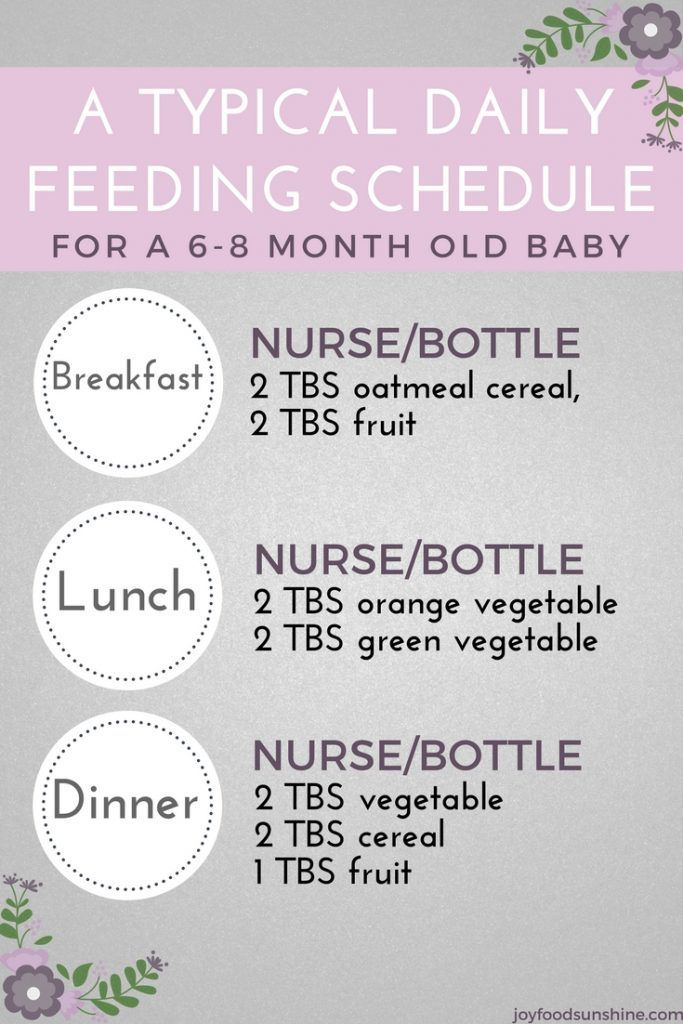 This week, put down the phone and make room for classic play time with your tot. Roll around on the carpet, build block towers and play demolition, read books, roll a ball back and forth, or put a box on your head and help your babe remove it—Peekaboo, Mama! This quality interaction fosters baby’s competence and security.
This week, put down the phone and make room for classic play time with your tot. Roll around on the carpet, build block towers and play demolition, read books, roll a ball back and forth, or put a box on your head and help your babe remove it—Peekaboo, Mama! This quality interaction fosters baby’s competence and security.
Week 3
Baby needs many hands-on experiences to develop adaptive grasping skills. Fill a box with household items of varying textures, sounds, smells, and colors for your tot to explore. Put doubles of each object in the box to help baby find pairs, mimic baby’s behaviors with matching objects, and introduce the idea of “two,” a concept developed in the second year.
Week 4
Exploration with music can develop motor skills, socio-emotional awareness, and so much more! Engage your little one with egg shakers, maracas, bells, or good ole’ pots and pans. Baby will develop the foundations for rhythm by shaking and whacking instruments, moving to the beat and learning hand motions to beloved children’s songs.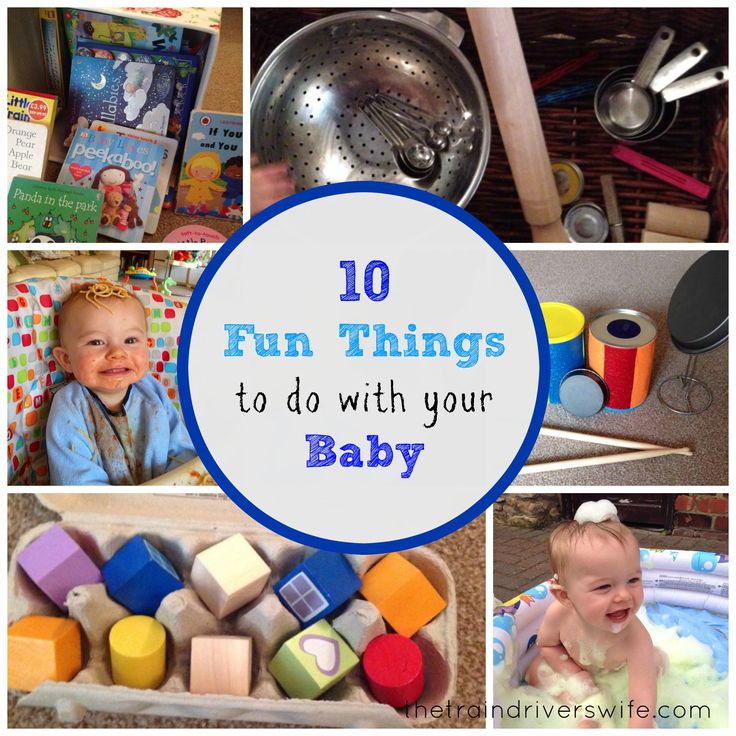
Build. Topple. Repeat. Baby will love watching you create a tower of blocks and then helping to knock it down. These squeezable, floatable and of course chewable blocks are perfect for little hands to grab.
Author, editor and medical expert - Muraeva Yulia Yurievna.
Views: 195 704
Last update date: 06/23/2022 G.
average reading time: 12 minutes
Content:
Rhythm of children's sleep
How to properly laid it out properly sleep baby
How to help your baby sleep
How to teach a child to sleep in his own crib?
Bedtime rituals
What are the bedtime rituals?
Sleep is an important part of life, so it must be regular and of high quality 1 .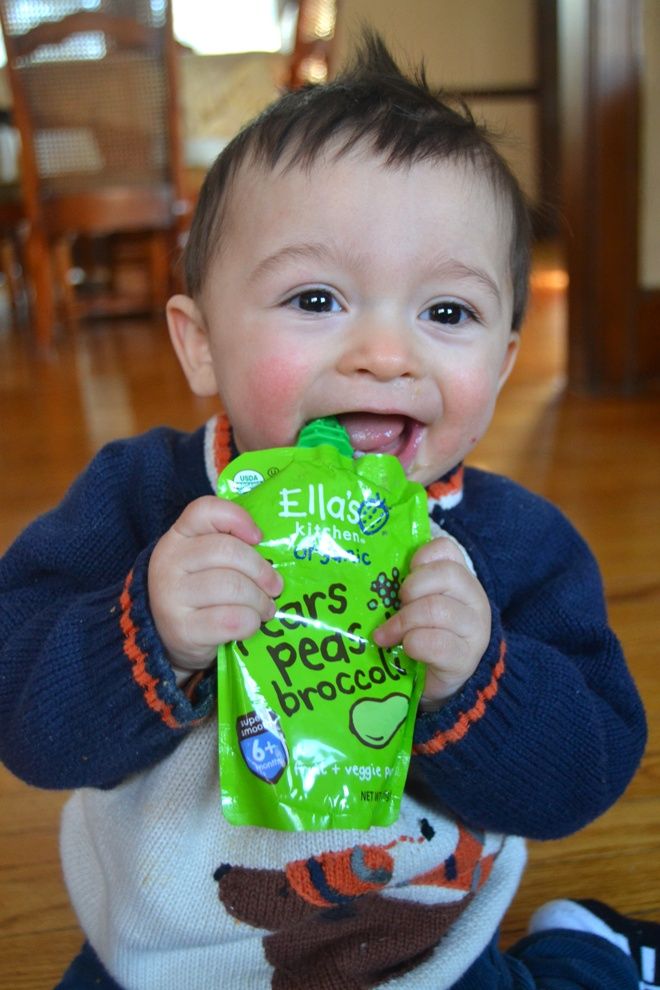 But often the first year of a child's life becomes a real test for parents. Even such a seemingly simple action as putting a newborn to sleep sometimes turns into a task of increased complexity.
But often the first year of a child's life becomes a real test for parents. Even such a seemingly simple action as putting a newborn to sleep sometimes turns into a task of increased complexity.
The difficulty is that in infants, sleep is still being formed, and circadian rhythms differ from those to which parents are accustomed 2 .
Before birth, the alternation of sleep phases in the fetus is subject to circadian (daily) rhythms and fluctuations in the hormonal background of the expectant mother. After giving birth, it takes time for the child to mature its own regulatory system 2 .
A term newborn sleeps an average of 16-17 hours 2 , and the total duration of sleep is not affected by dark and daylight hours 3 .
Babies up to 2 months have 2 sleep phases 2.3 :
 During active sleep, you can observe the baby's mobility, rapid eye movements and a weakening of reactions to external stimuli (light, sound, touch).
During active sleep, you can observe the baby's mobility, rapid eye movements and a weakening of reactions to external stimuli (light, sound, touch). Together these 2 phases form a cycle. Each cycle begins with active sleep followed by restful sleep. The duration of such a cycle is approximately 45-60 minutes 3 .
But the sleep-wake cycle lasts longer. For breastfed babies, it is approximately 1-3 hours, and for artificial babies, it is 2-5 hours 3 .
Gradually lengthening periods of wakefulness, and most of the sleep occurs at night 2 :

Sleep regularity and sleep disturbances can be assessed after 6 months, when the child develops circadian rhythms 3 .
Although the night sleep becomes longer, each cycle is still accompanied by micro-awakenings (wakings) 2.3 , after which the baby can fall asleep quickly enough. This is a short-term activation of the central nervous system, which must be distinguished from a full awakening 2 . It is good if at this moment the mother is nearby and helps the child fall asleep again.
Back to Contents
The American Pediatrics Association has developed guidelines for safe sleep for babies. Below are some of them (the full list of recommendations can be found at the link) 4 :

Babies up to 12 months of age still need to feed at night, so sleeping in the same room with the mother may be necessary to optimize breastfeeding and closer contact 4 . Co-sleeping in the same room with parents does not mean that the child will sleep with them in the same bed, because it does not meet the safety requirements 4 .
Before putting your newborn to bed, also remember that:
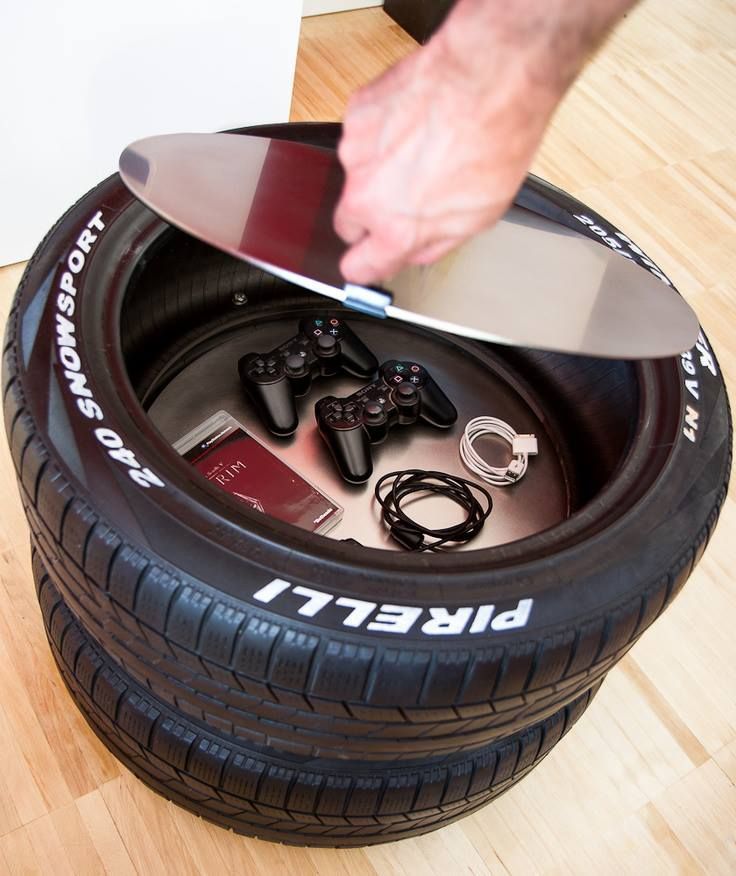 4 . Tight swaddling also increases the risk of a lung infection and can aggravate hip dysplasia. Do not swaddle a baby who is already rolling over from his back to his stomach 4 .
4 . Tight swaddling also increases the risk of a lung infection and can aggravate hip dysplasia. Do not swaddle a baby who is already rolling over from his back to his stomach 4 . Back to content
As the baby develops, fears, anxiety, anxiety may appear when he refuses to sleep separately from his parents and resists falling asleep 2 .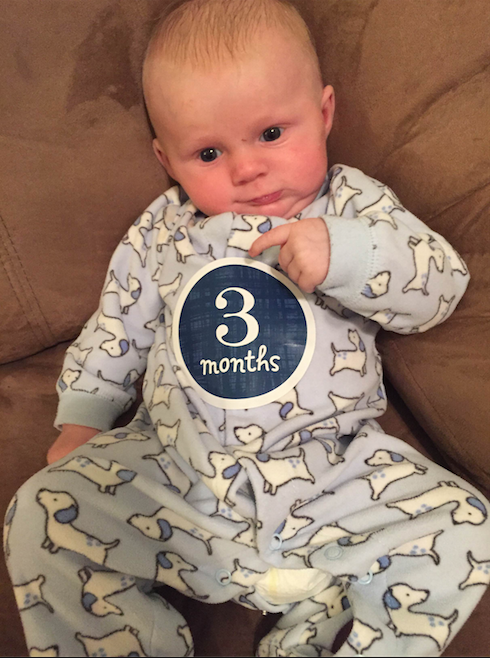 The maturation of biological rhythms is facilitated by the environment of the child, the behavior of parents, compliance with the regimen and rules of sleep hygiene 3 .
The maturation of biological rhythms is facilitated by the environment of the child, the behavior of parents, compliance with the regimen and rules of sleep hygiene 3 .
To ensure quality rest and proper development, parents need to follow the recommendations. Specialists advise following these rules 4 :

Back to Contents
There are various methods to help a child fall asleep on his own, without the help of parents. They are often used as a non-drug treatment for insomnia (sleep disorder) in young children aged 1 to 3 years 4 . Examples of such techniques are described below. Choosing the right one for your baby should be discussed with a baby sleep specialist.
One way to overcome sleep disorders is through behavioral therapy. It helps to change wrong associations and sleep patterns in a child 4.7 . In behavioral therapy, the abandonment method is used. With him, parents immediately leave the child in the crib and leave the nursery. However, they do not return when they hear his cries or call, giving him the opportunity to fall asleep on his own 4 . But psychologists do not recommend using this approach if the baby is not yet 6 months old and is breastfeeding 4 , as this may adversely affect the baby's condition.
But psychologists do not recommend using this approach if the baby is not yet 6 months old and is breastfeeding 4 , as this may adversely affect the baby's condition.
In addition, the abandonment method is not suitable for all parents. For those who want to be near or calm a crying baby 4 experts recommend other methods - "check and hold" or "gradual repayment" 4.7 .
Back to Contents
When getting ready for bed, the parent spends some time with the child, then puts him to bed and leaves the room or goes to bed if she is in the nursery. At the same time, they do not approach the baby for 15-20 minutes and do not react to his crying or screaming. This period is called "hold" 7
When the 20 minutes have elapsed, the parent goes to the child, straightens his bed and returns to himself. This part is called checking 7 .
It is very important not to take him out of the crib and feed him when he wakes up. The exception is children who require night feedings for age or medical reasons. In all other cases, the parent simply comes to the crib for a short time to check, and then leaves again for a 15-20 minute “hold” 7 .
The exception is children who require night feedings for age or medical reasons. In all other cases, the parent simply comes to the crib for a short time to check, and then leaves again for a 15-20 minute “hold” 7 .
Gradually - over several nights - increase the "hold" interval to 30 minutes 7 .
Up to content
This technique is designed to “repay” the child's protests and manipulations 7 . There are 2 options for "gradual repayment" - with and without the presence of a parent 4 .
The classic option is to leave the baby alone in the bedroom for a certain amount of time, gradually accustoming him to fall asleep on his own. Unlike the “check and hold” method, the child can be calmed down. But you need to return to his bed not at the first call, but after a certain time. After the child calms down, you need to leave again, increasing the intervals when he tries to fall asleep without you 7 . This option is suitable for babies over 6 months old 4 .
This option is suitable for babies over 6 months old 4 .
Until the age of six months, use the “gradual repayment” method in the presence of a parent. It is carried out in stages 4 :

If the child wakes up, repeat the same steps that you perform at this stage of the procedure. The stages can be stretched over several days so that the baby has time to get used to each 4 .
Up to contents
Forming a bedding ritual is considered to be an effective method 4 . It can complement the "repayment" technique, but sometimes it works quite well on its own. Suitable for all ages, but the earlier it is started, the less likely babies are to develop sleep problems - they fall asleep faster and sleep longer 4 .
The ritual begins at the moment of the child's drowsiness. Before you put the baby to sleep, you need to perform a number of actions. They should be predictable, regular, relaxing and positive. The total duration of the ritual is 20-45 minutes 4 . If it was not possible to meet the set time, most likely, you need to shift the ritual to another time and wait for drowsiness.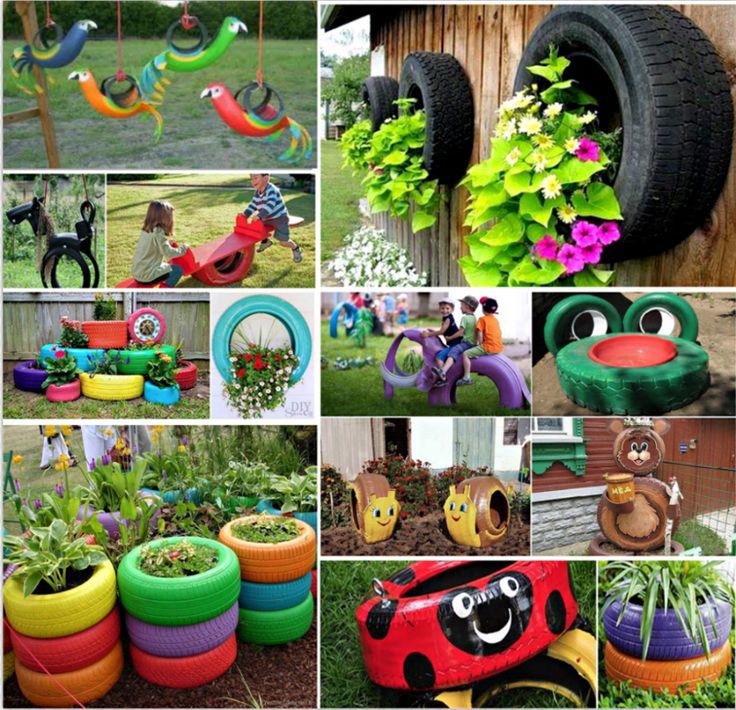 It can manifest itself as loss of interest in surrounding toys and people, reddening of the eyelids, rubbing of the eyes, yawning 4 .
It can manifest itself as loss of interest in surrounding toys and people, reddening of the eyelids, rubbing of the eyes, yawning 4 .
Back to Contents
Experts recommend preparing for sleep, which consists of consecutive, daily repeated actions, the so-called routines 5 . They help to speed up falling asleep, increase the quality and duration of sleep, reduce the number of night awakenings 5 .
The most typical nightly rituals 6 :

Sleep experts recommend a three-step ritual that includes bathing, massage and quiet time in the crib 8 .
As a rule, a few days are enough to form an association between the evening routine and falling asleep 4 .
As you can see, pediatricians and psychologists have developed various methods for healthy children's sleep and fast falling asleep.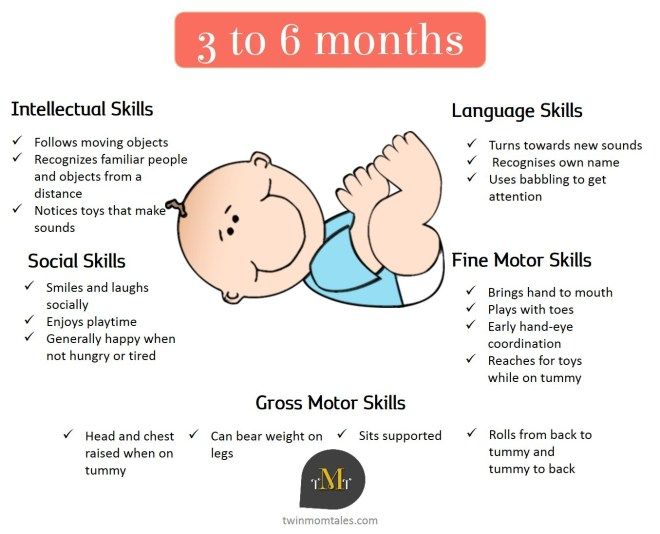 But you need to use them, taking into account the age of the child, his habits and characteristics of the nervous system. The task of parents is to organize the baby’s daily routine and prepare him for sleep, calming and creating positive associations with the process of falling asleep. With the correct implementation of the recommendations of a specialist, the child will gradually learn to fall asleep independently and faster, will sleep longer and sounder.
But you need to use them, taking into account the age of the child, his habits and characteristics of the nervous system. The task of parents is to organize the baby’s daily routine and prepare him for sleep, calming and creating positive associations with the process of falling asleep. With the correct implementation of the recommendations of a specialist, the child will gradually learn to fall asleep independently and faster, will sleep longer and sounder.
Traveling with your baby
Baby's Skin Care Guide
Back to Contents
The information in this article is for guidance only and does not replace professional medical advice. For diagnosis and treatment, contact a qualified specialist.
References:
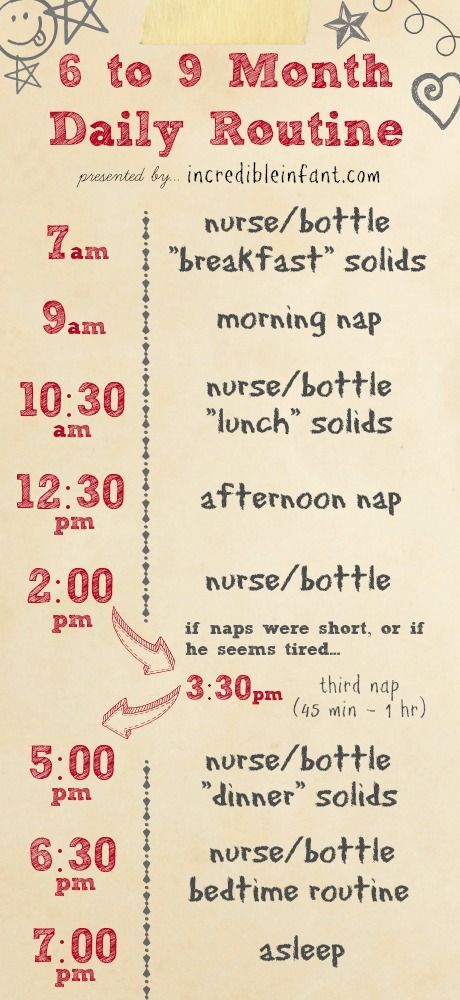 Neurology and psychiatry. Special issue "Sleep and its disorders-5". Effective pharmacotherapy, 2017, No. 35, p.4-13
Neurology and psychiatry. Special issue "Sleep and its disorders-5". Effective pharmacotherapy, 2017, No. 35, p.4-13  1/2012
1/2012 Back to content
Does your child keep you awake all night long? You've probably tried everything you could think of, but still don't know how to calm a crying baby so that he gets at least a couple of hours of sleep. Before you finally give up on your own sleep over the next few years try these simple tricks and see if they work?
Does your child keep you awake all night long? You've probably tried everything you could think of, but still don't know how to calm a crying baby so that he gets at least a couple of hours of sleep. Before you completely give up on your own sleep over the next few years, try these simple ways - and what if they work?
It's a magical feeling when you look into your child's beautiful eyes.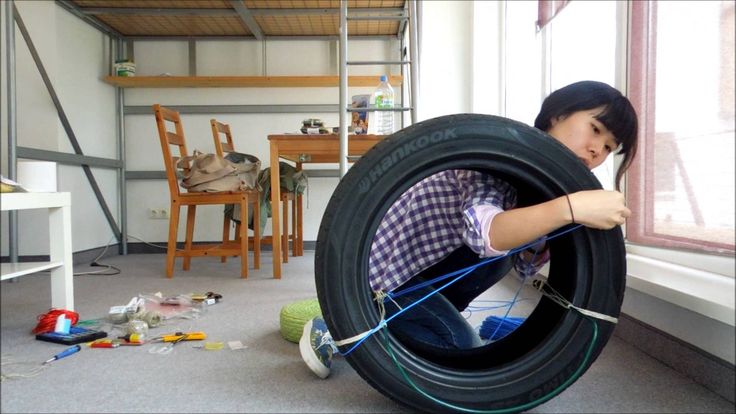 .. But if you're just trying to put him to bed, it's best to exercise reasonable caution. Prolonged eye contact has a stimulating effect on your baby , which prevents him from falling asleep.
.. But if you're just trying to put him to bed, it's best to exercise reasonable caution. Prolonged eye contact has a stimulating effect on your baby , which prevents him from falling asleep.
Splashing in the water can be fun, but if you're bathing your baby before bed, you might want to achieve a calming effect . Splashes, singing, various toys and loud voices excite the child, and then he is not able to fall asleep immediately after the bath. Instead, try dimming the lights, lowering the volume of your voice, using warm water, and doing your best to help your child relax before bed.
It may seem counterintuitive - why would you wake a sleeping baby to feed him when you really want him to keep sleeping? Well, experts believe that feeding your baby in your sleep helps you make sure he stays full, which means won't wake up screaming when hungry in the middle of the night. Makes sense, doesn't it?
Makes sense, doesn't it?
Parents, especially inexperienced ones, can sometimes find it hard to hold back when shopping for their gold. If your family has the same problem, the crib is in danger of becoming a mountain of toys, decorations, stuffed animals, blankets, pillows... well, you get the idea. While some of these things can be helpful, they are also often distracting for the child, interfering with a comfortable sleep. Leave only the essentials in and around the crib if you want things to work out.
The later you put your baby to bed, the sooner he will fall asleep, right? But no! Alas, an overtired child, as a rule, falls asleep with difficulty . That's why it's so important to stick to the regimen and go to bed at the same time every day. Don't worry about your baby waking up early if you put them to bed early - going to bed early can actually lead to better nighttime sleep and, therefore, waking up later.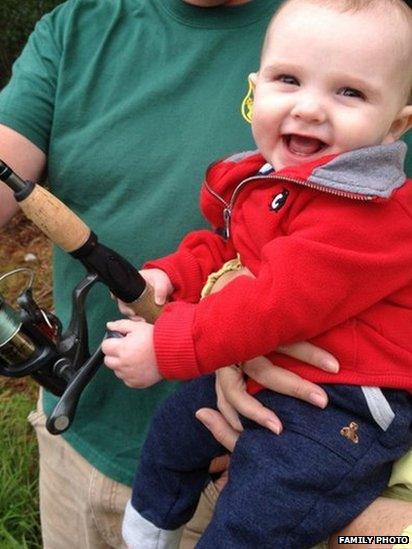
Your mother or grandmother probably says that the child should be constantly wrapped up, and cooling him, you can endanger his life - but this is very far from the truth. In fact, many children find it difficult to fall asleep simply because their bedroom is too warm. If this is also your case, try to lower the temperature in the bedroom to about 18-21 °C . You must be surprised how big a difference such a small change can make.
If you usually don't have much space in your sleep, you will find it hard to believe that a baby actually needs a little less space than at night. The fact is that a newborn is used to being in a very limited space (he was quite comfortable in his mother's stomach), so by wrapping him up well, you help him feel at home, which contributes to restful sleep.
Many parents make the mistake of trying to achieve complete silence in the children's bedroom.